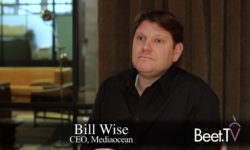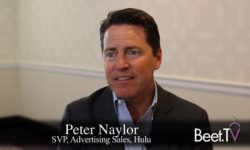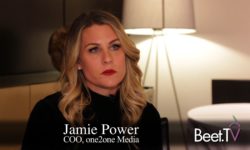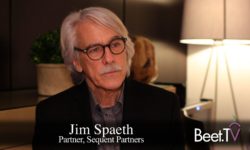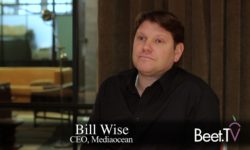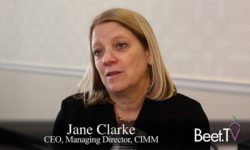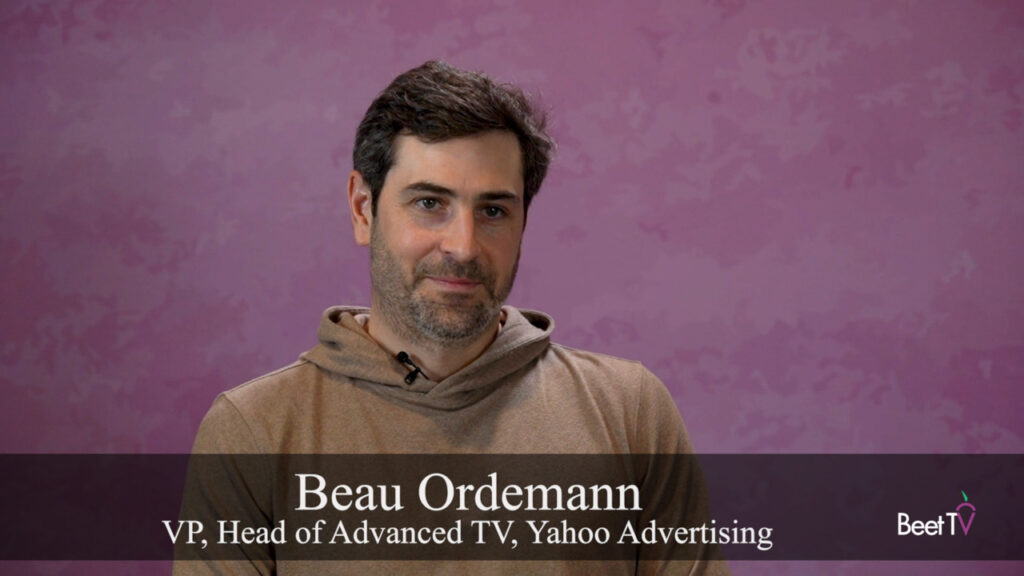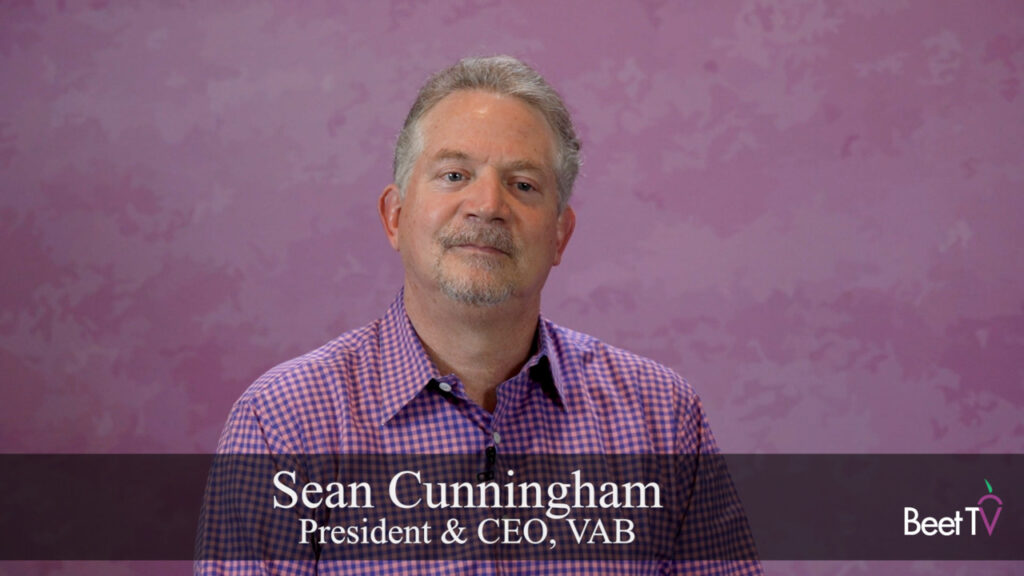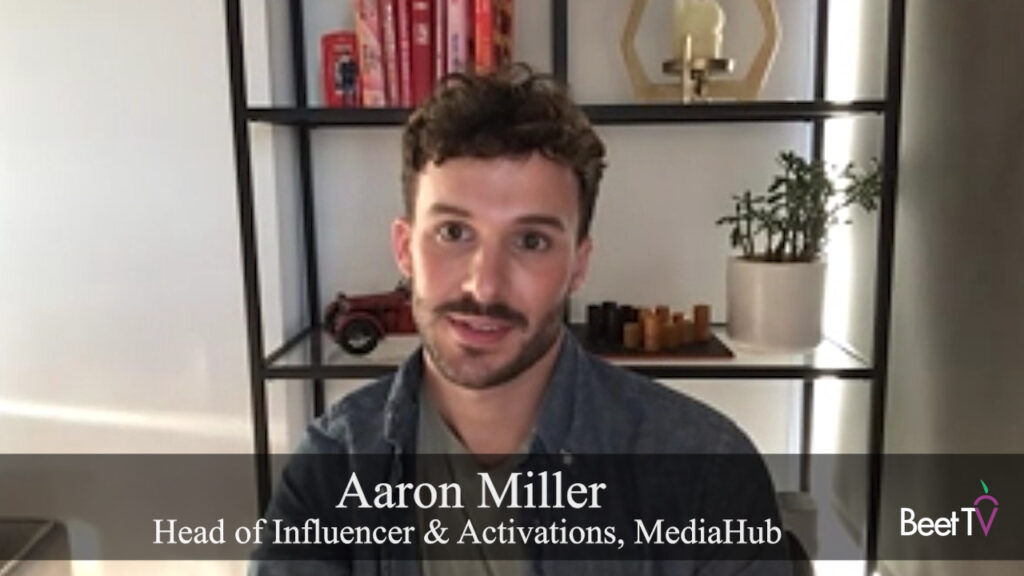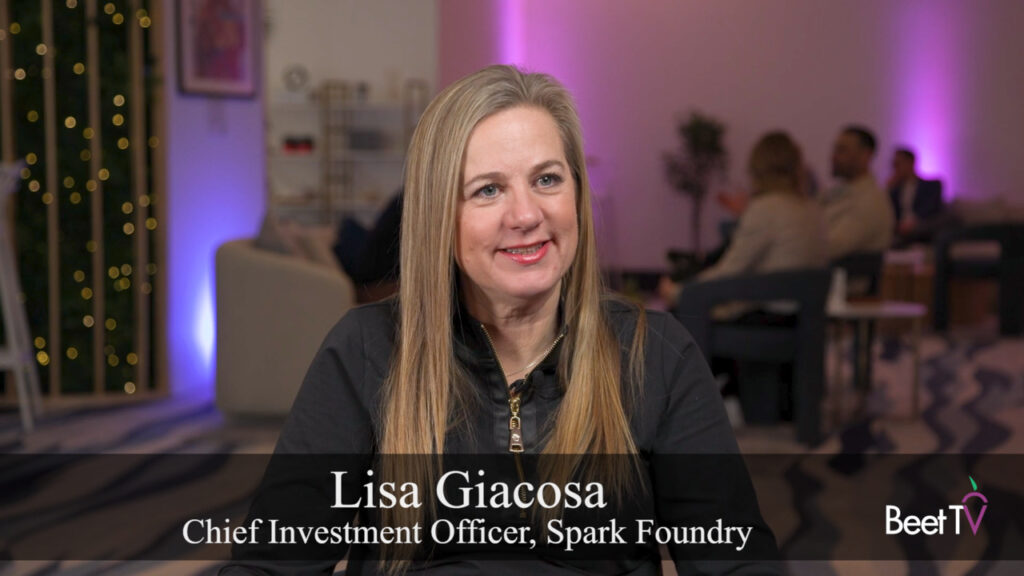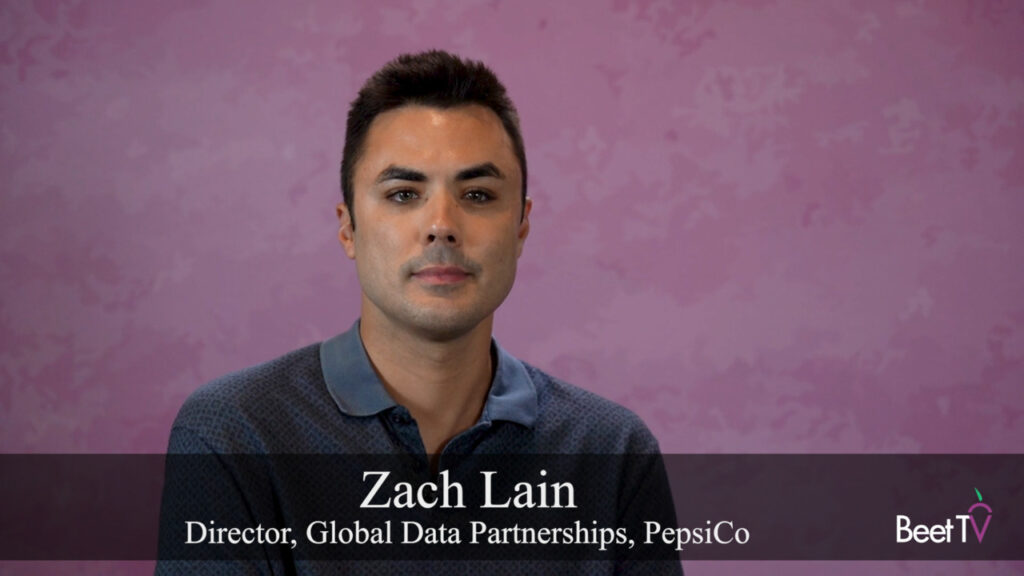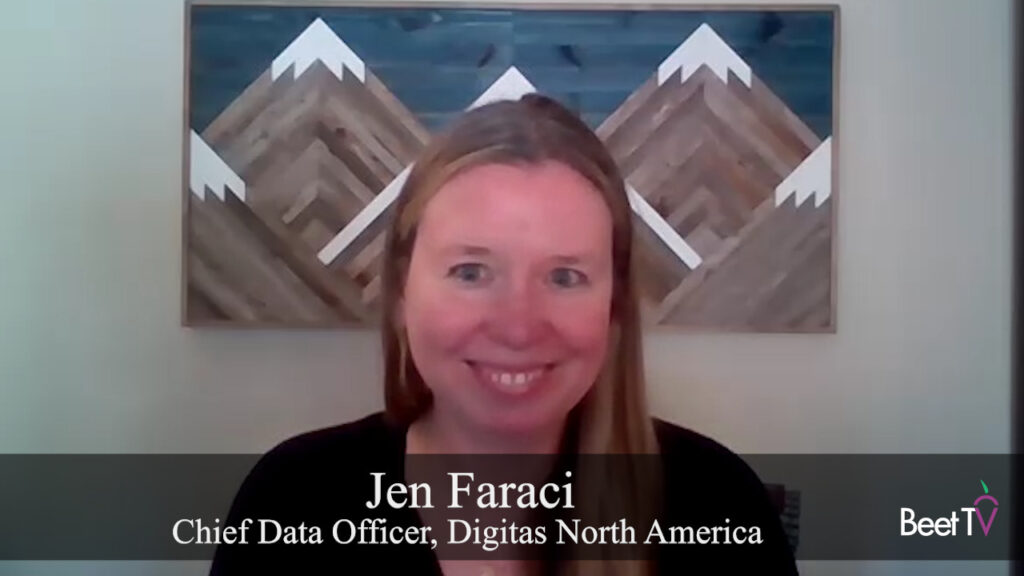Content amalgamation and proliferation seem to be the watchwords at Sinclair and its nearly 200 local television stations. As it prepares to become the first broadcast company in the addressable space, it’s experimenting in Dallas with ATSC 3.0 signals that could usher in the next era of connectivity.
To CRO Rob Weisbord, Sinclair’s future road map will let advertisers extend reach from linear TV to “those cord cutters, cord nevers, cord savers through OTT solutions whether it’s through directly relationships with OTT providers or through an investment we have an in RTB company that is also buying excess inventory on the exchange level.”
In this interview with Beet.TV at the Advanced Advertising Summit, Weisbord says Sinclair will have an edge when offering addressable ads because of the breadth of pod lengths it plans to offer.
In addition to ramping up OTT service, “you’ll see us in the app format as well, more in a portal situation, amalgamating all our content and sourced content versus just trying to put one TV station over the top.
“The road map is we have our own content product team and they’ll be building apps and assets for connected TV as well as for the typical delivery services of Roku, Apple TV, Firestick and so forth. If you’re not on all platforms and if we’re not relevant on all platforms, our brand will be infringed,” Weisbord adds.
He sees ATSC 3.0 as overlaying IP technology with linear transmission and “the next step progression of one-to-one delivery, personalized content. And that will allow that delivery to connected cars, to mobile devices, and ultimately to the television sets within the home.”
Full rollout is three to five years. In the meantime, the Dallas test is aimed at generating proof of content and by validating any of “several business models that have yet to come to fruition that are on a whiteboard being framed.”
Asked about advertisers’ use of addressable TV, Weisbord believes that brands need to be developed through the use of mass media and then “finite the message.”
Noting that most MVPD’s allot two minutes of every programming hour to addressable ads—typically offering 30- and 60-second spots but not 15’s, “Depending on the demand we’ll open or close the supply. So we’ll have a mover advantage by being able to deliver fifteen’s.”
This video was produced at the Advanced Advertising Summit in New York. Please find more videos on this page from the Beet.TV series presented by 4C.






